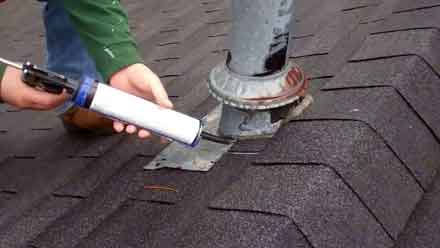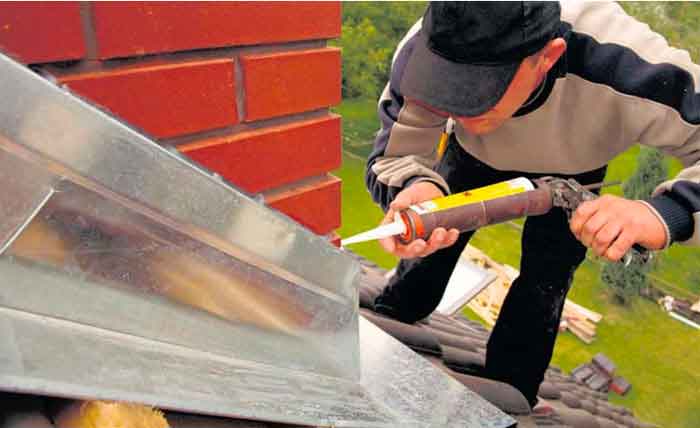How to Seal Metal to Concrete
There are several ways to protect your garage floor from scratches and other damages caused by metal. These include penetrating and topical sealers. Some types of sealers include epoxy and polyurea. These can be applied to any metal surface. Before applying a sealer, check the concrete’s moisture content. You can also perform a calcium chloride test on the concrete surface. If the test shows a high level of moisture, you can apply a penetrating sealer. Topical sealers, however, can be damaged by sharp metal bits and hot welding slag.
Topical sealers

When it comes to sealing a metal garage floor, there are many options. Some are water-based and some are solvent-based. The best option for you depends on the specific needs of your garage floor. Water-based sealers can be removed with a power washing, while solvent-based sealers must be removed mechanically. In any case, you will need the help of a professional to decide which type of sealer will be the best choice for your garage floor.
Topical sealers adhere to the concrete surface with slight penetration. They form a protective film, preventing staining and making the concrete easier to clean. These products can vary in thickness and chemical resistance. Some are clear or have a high gloss finish. In addition, you may want to use a clear coating if your concrete is already stained.
Acrylic sealers are best used on smooth concrete. They are not recommended for garage floors with a rough finish. They do not have self-leveling properties, so they can only be applied to the concrete’s surface. They are also not compatible with other coatings. They should be applied with a low-pressure pump-up sprayer to achieve the right application. You may also want to use a microfiber application pad or a low-nap roller to apply the sealer.
Oil repelling sealers are also popular, but they have a higher price than penetrating sealers. These types of sealants need a densifier to be effective. They are also more durable and easy to reapply.
Epoxy
If you are thinking of adding a metal floor to your garage, you might be wondering how to get started. First, you must clean and sanitize the garage floor. This will ensure that the epoxy adheres properly to the surface. You should also remove any foreign objects that may be present. Once you have cleaned and sanitized the garage floor, you should apply the epoxy. The process is time-consuming, but it is not difficult. You may want to contact a professional to complete the work for you.
If you are in a rush to finish your garage floor, you may want to use a sealer. Some sealers contain VOCs, which can be harmful to the environment. Epoxy does not have these VOCs, which makes it ideal for garage floors, laundry rooms, and wine cellars. Another plus of using Epoxy is that it is self-leveling, making it easy to repair cracks and major holes. In addition, Epoxy is the best patching system for concrete.
You should also be aware that the application of a sealer requires the concrete to be completely dry before it is applied. You should also wear protective gear and ensure adequate ventilation before you begin applying the sealer. You can use a paint roller or a sprayer, or you can use a hand brush for smaller areas. Find out more about metal to concrete sealants at HeavyAdvisor.
If you need a garage floor for a professional garage, consider using an epoxy coating. These are durable and look great. In addition to being long-lasting, they are also easy to clean. The coating is also resistant to chemicals, shock, and water.
Acrylic
If you’re planning to apply a metal finish to a concrete surface, you should use a sealer first. This will ensure that no moisture will seep into the surface, causing the paint to sag. Alternatively, you can also use paint stripper to remove any old paint. Before applying the sealer, make sure that you’ve cleaned the concrete surface and sanitized it thoroughly. You should also let the concrete dry completely before proceeding with the painting.
When applying acrylic sealer, you should keep in mind that it can’t last forever, so you must perform regular maintenance. This sealer will last for several months, but over time, it will start to haze and whiten. If you don’t want this, you can apply another coat.
While it is cheap and easy to apply, acrylic is not very durable. It is known to haze, whiten and dull in a matter of years. So, it is best to use an acrylic sealer when the concrete has a very porous surface. But if you want a strong, long-lasting finish, you should use a concrete sealer.
When using acrylic concrete sealer, remember that it is thinner than epoxy or polyurethane, so it must be applied in thin layers. Unlike epoxy and polyurethane sealers, acrylic sealers don’t change the surface texture of the concrete. Neither does it make it slippery. The acrylic coating is practically invisible, retaining its original look. However, solvent-based acrylics have a bad side – they emit VOCs, which can be irritating to the respiratory system. They can also cause chronic health problems.
Summary:
When using acrylic sealer, you should always keep in mind the temperature of the concrete before you apply the sealer. The ideal temperature for applying this type of sealer is between 50 and 60 degrees Fahrenheit. However, this temperature is unrealistic during the warmer months of the year. For that reason, you should apply it in the late afternoon, when the temperature is around 85 degrees Fahrenheit.

